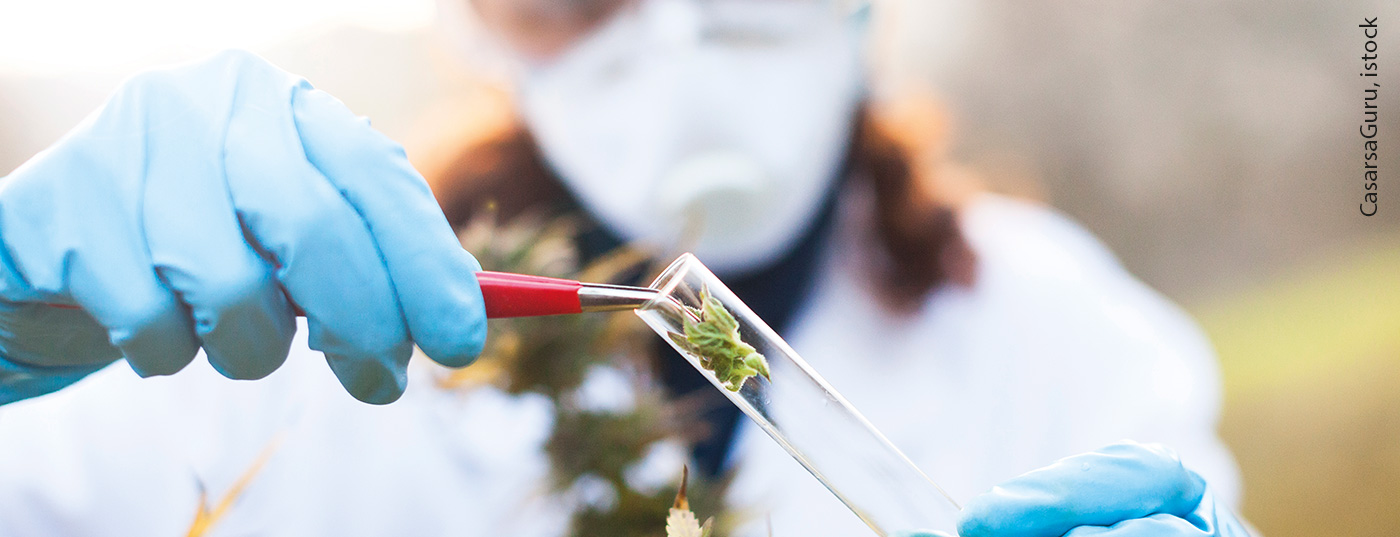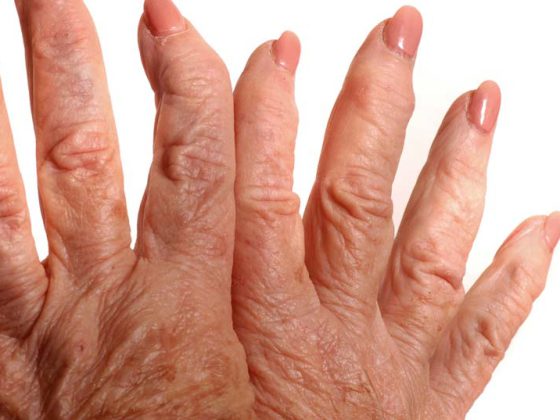Cannabis-based medicines have been shaping the therapeutic landscape for a few years now, especially in multiple sclerosis or pain medicine. Since many treatment options are insufficiently effective, complementary or alternative strategies are increasingly used. However, the study situation remains poor. The range of treatments is far from being exhausted.
Recently, more and more patients are benefiting from cannabis as an additional treatment option. Medical cannabis is available as cannabis flowers, full spectrum cannabis extract or aks monopreparation. This then contains either tetrahydrocannabinol/dronabinol (THC) or cannabidiol (CBD) or a combination of both cannabinoids. Accordingly, cannabis-based medicines are specified into THC-dominant, THC/CBD-balanced, and CBD-dominant products based on their different content of the two major phytocannabinoids. The pharmacological effects are mainly derived from the respective content of THC and CBD. From a medical point of view, however, not only inhaled and oral, but also oromucosally administrable dosage forms play an important role.
To date, only the oral spray Sativex® for the treatment of spasticity in multiple sclerosis (MS) has been approved for use in Switzerland. In Germany, there is still the tetrahydrocannabidiol (THC) derivative nabilone for the treatment of nausea and vomiting due to chemotherapy and a CBD extract for the treatment of seizures in Lennox-Gastaut syndrome and Dravet syndrome. In addition, the efficacy of cannabis-based medicines for chronic (neuropathic) pain is considered proven, as Dennis Stracke, MD, Berlin (D), presented.
Wide range of indications
It is not only known from an initial interim evaluation of the companion survey in Germany conducted by the Federal Institute for Drugs and Medical Devices (BfARM) that cannabis-based medicines are either used as self-therapy or prescribed by physicians for numerous mental disorders. Partly amazing symptom improvements are reported, underlined Prof. Dr. med. Kirsten R. Müller-Vahl, Hannover (D). However, the current data situation is still very thin. However, from preclinical studies, case reports, open-label uncontrolled studies, and – in small numbers – controlled studies, there is well-established evidence that cannabis-based medications may be a treatment alternative for patients with anxiety disorders, sleep disorders, attention deficit hyperactivity disorder (ADHD), post-traumatic stress disorder (PTSD), Tourette’s syndrome, and depression.
Access to be facilitated
Anyone wishing to prescribe hemp-based medicines must currently apply for an exemption from the Federal Office of Public Health (FOPH). The only exception to this is the approved finished drug Sativex®, which does not require FOPH approval in the approved indication of MS-induced spasticity. A simple anesthetic prescription, e.g. from a neurologist, is sufficient for this purpose. The exemption process can take up to four weeks. This hurdle could become smaller in the future. Shortly before the end of the year, the National Council adopted an amendment to the Narcotics Law proposed by the government by a clear majority. Once the revision is approved by the City Council, this exemption will cease to exist. The approach is supported by the United Nations Commission on Narcotic Drugs. The latter removed cannabis for medical purposes from the list of most dangerous drugs in early December. There, marijuana has been in company with heroin, cocaine and LSD for 59 years. This could open up new perspectives for use in medicine.
Source: DGPPN 2020
InFo NEUROLOGY & PSYCHIATRY 2021; 19(1): 22 (published 2/3/21, ahead of print).











